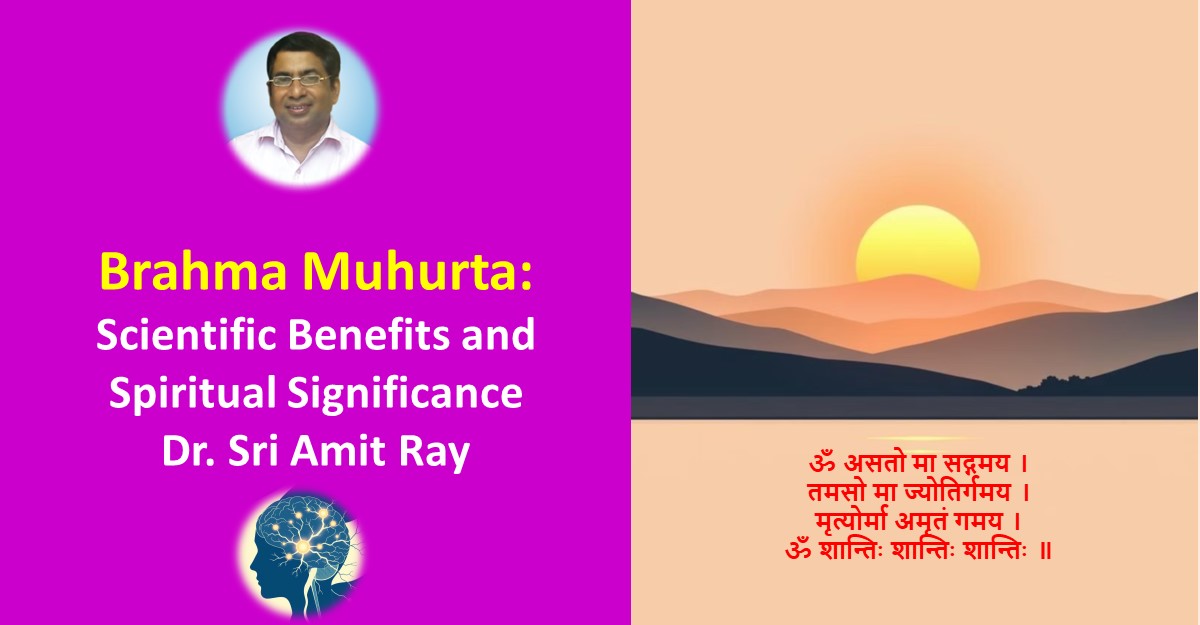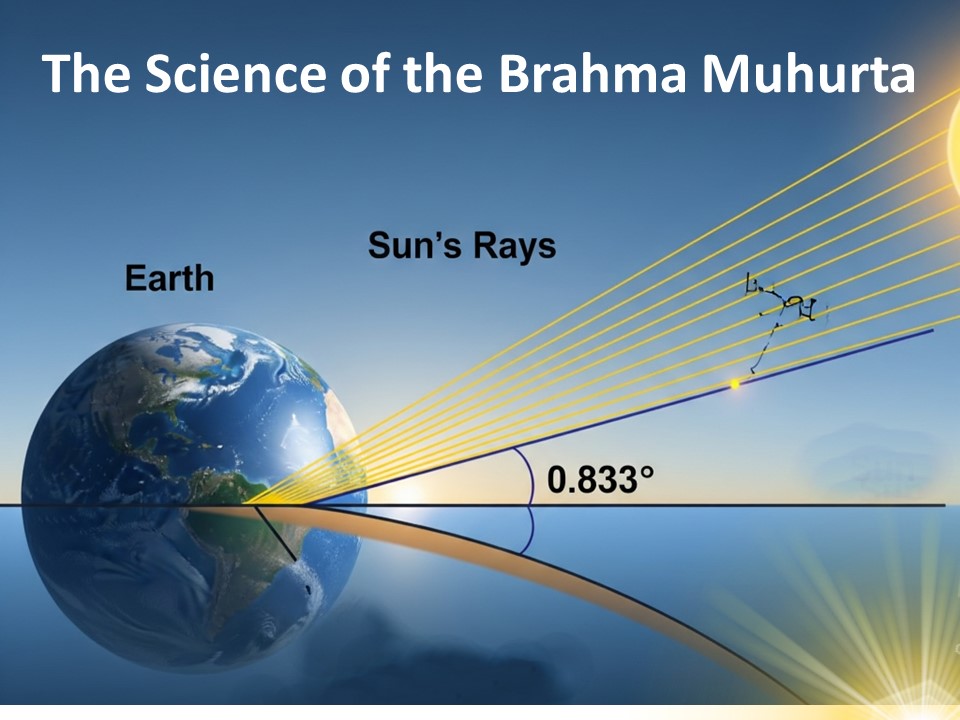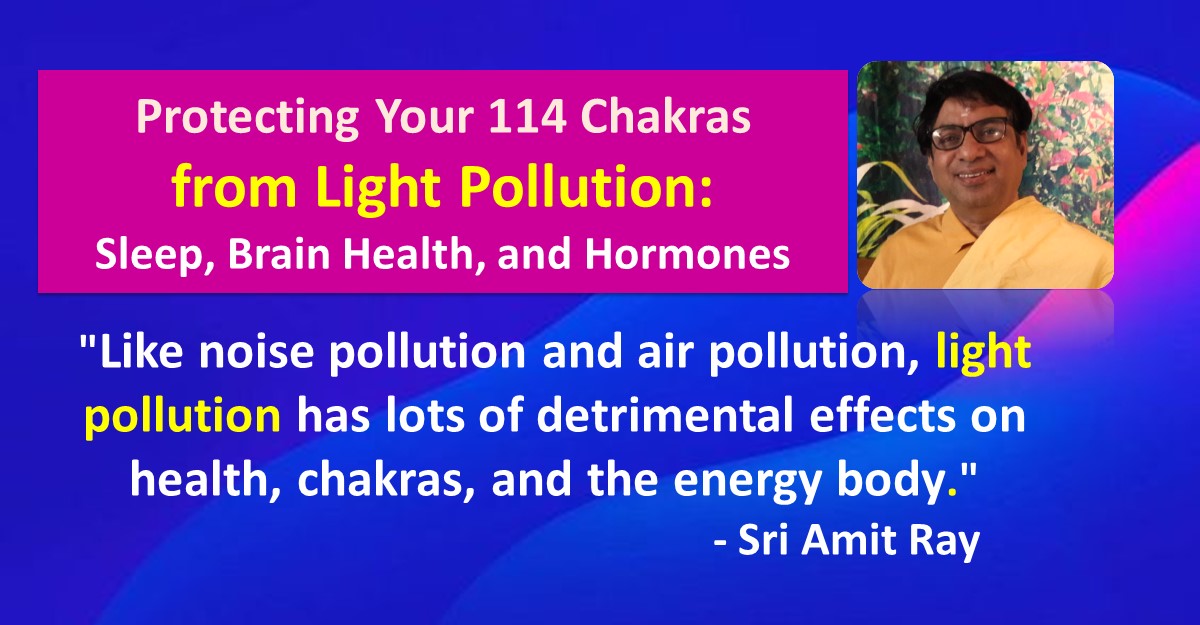In the quiet hours before dawn, when the world is still cloaked in darkness, ancient traditions and modern science converge on a profound phenomenon: the transition from night today. This period, known in Hindu philosophy as Brahma Muhurta, is revered as a time of heightened spiritual potential, where the mind is clearest and the body most receptive to positive energies. Spanning approximately 1 hour and 36 minutes before sunrise, ending 48 minutes prior, it is often calculated as roughly 3:30 to 5:30 AM, depending on geographical location and season. The term Brahman Muhurta translates to “the time of Brahman,” the creator in Hindu cosmology, symbolizing a phase of renewal and creation.

This article delves into the interplay between the first rays of the sun, the auspicious Brahma Muhurta, and their impacts on human physiology—specifically hormones, neurotransmitters, and dream patterns. Drawing from Vedic texts like the Ashtanga Hridaya and contemporary scientific research, we explore how this pre-dawn window aligns with circadian rhythms, influencing everything from mood regulation to cognitive function. In an era dominated by artificial light and disrupted sleep cycles, understanding these natural processes offers a pathway to enhanced well-being.
Brahma Muhurta Time Today
December 19, 2025 (IST)
Brahma Muhurta is the most auspicious time for meditation, yoga, and spiritual practices.
It begins 1 hour 36 minutes before sunrise and lasts approximately 48 minutes
— the ideal window for connecting with divine energy.
“When you meditate at Brahma Muhurta, the 114 chakras open the doors to higher realms, connecting your being to the divine wisdom of the cosmos.”
— Sri Amit Ray
| City | Sunrise Time | Brahma Muhurta Start | Brahma Muhurta End |
|---|---|---|---|
| Delhi | 07:07 AM | 05:31 AM | 06:19 AM |
| Mumbai | 07:04 AM | 05:28 AM | 06:16 AM |
| Kolkata | 06:09 AM | 04:33 AM | 05:21 AM |
| Bengaluru | 06:34 AM | 04:58 AM | 05:46 AM |
| Chennai | 06:24 AM | 04:48 AM | 05:36 AM |
| Hyderabad | 06:39 AM | 05:03 AM | 05:51 AM |
| Ahmedabad | 07:13 AM | 05:37 AM | 06:25 AM |
| Pune | 06:59 AM | 05:23 AM | 06:11 AM |
| Surat | 07:09 AM | 05:33 AM | 06:21 AM |
| Jaipur | 07:09 AM | 05:33 AM | 06:21 AM |
| Lucknow | 06:48 AM | 05:12 AM | 06:00 AM |
| Kanpur | 06:50 AM | 05:14 AM | 06:02 AM |
| Nagpur | 06:44 AM | 05:08 AM | 05:56 AM |
| Indore | 07:00 AM | 05:24 AM | 06:12 AM |
| Visakhapatnam | 06:20 AM | 04:44 AM | 05:32 AM |
Spiritual Practice Tip:
In the first 3 minutes of Brahma Muhurta, just silently relax and remember the supreme divinity.
Let gratitude and divine remembrance and alighinment fill your heart before beginning any sadhana.
Fundamentals | Timings | Beginners Guide | Scientific Perspective | Vedic Scriptures | Pineal Gland | First Ray of the Sun | Benefits | Dream Patterns | Manifestation | Not for Everyone | Mantras



